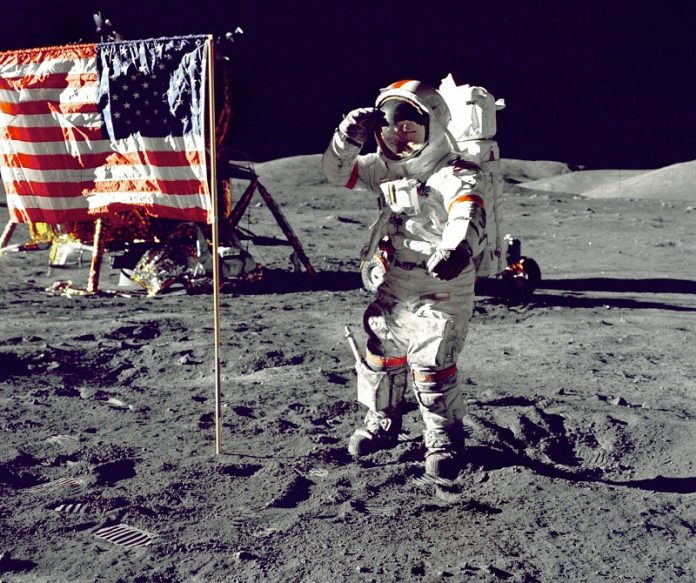
It is true that crewed missions to the Moon are expensive, difficult, and dangerous.
And we now have a long history going back decades of reliable, dependable, capable robotic exploration, including fly-bys, orbiters, landers, and rovers.
Why don’t we look at how much human spaceflight would cost to return to the moon, and just spend that money on lots of robots instead?
The answer is that no matter how dependable and capable out little robotic explorers are, they just can’t match what a human can do.
Compared to a robot, a human is stronger (at least, stronger than the kinds of robots we can send to the moon), can troubleshoot and solve problems much faster without guidance from Earth-based engineers, are much more creative and flexible when it comes to scientific investigation, are much, much faster moving around, are much more versatile and dexterous.
I mean, a typical rover speed is around 0.1 mph, or a blazing 152 meters per hour (insert obligatory joke about old people driving on freeways here).
Humans are just…better in almost every aspect. The typical benchmark is that what a robot can do in an entire day a human can accomplish in a minute. But the downsides of course are that sending humans is much more expensive and much riskier.
Except for a few engineers nobody sheds a tear when a robot crash lands on the surface. And a crewed mission is going to be AT LEAST ten times more expensive than an equivalent robotic mission.
But while human missions are more expensive, their productivity totally eclipses that. The Apollo missions spent a total of 12.5 contact days on the Moon, which resulted in nearly 3,000 scientific papers. Compare that to the thousand or so papers written about Mars from YEARS of rovers and landers on its surface. On a cost-per-science-result basis, we’re stupid to NOT keep sending humans into space.
But science isn’t the only reason to send humans to the Moon. The moon has a lot of easily accessible resources that could provide the basis for space-based industry. Mining and manufacturing on the moon could use rich deposits in methane, ammonia, and atomic oxygen in the lunar regolith. These operations could funnel back either manufactured or refined materials to Earth, or become the backbone of further off world industry as a steady supply of water and fuel.
The Moon has a much shallower gravitational well than the Earth, meaning that it’s easier to come and go from the surface. You could build advanced rocket parts or habitats and get them out to Mars or the Asteroid belt (or anywhere else in space) far, far easier than doing the same thing on the Earth.
And while for now we can fantasize about fully automated factories or mining operations on the lunar surface, the truth is that we don’t have nearly the experience or expertise to develop those kinds of systems outside of the Earth.
Lunar manufacturing and mining is a long way off: we have to figure out how mining and machining can operate in low gravity, we have to figure out how to deal with all the super-fine lunar dust, we have to figure out how to haul all that mining gear out there, and we have to figure out where all the good stuff is on the Moon in the first place, otherwise we’ll waste our time digging up just more regolith.
So to kickstart this process we’re going to need a lot of humans doing a lot of grunt work.
Lastly, it’s just fun. Humans are natural explorers. Long ago we expanded into every habitable biome of the Earth, making our way across ice bridges and over the horizons of endless seas to find new homes. It’s in our nature to explore and expand. The Moon is…right there, waiting for us. We spent millennia thinking it was just a mysterious part of the heavens. Now we understand that it’s a world in its own right, a place to plant our flags and build our homes, a place where a branch of humanity could potentially create communities.
There is always going to be a segment of the population that separately wants to go to the Moon just for the adventure of it and the desire for a new life.
It’s not crazy to imagine humanity building cities and homesteads on the lunar surface. It may take a very long time, but it’s not impossible. If those people are private individuals spending their own money, then good for them.
If it’s publicly-funded institutions like NASA footing the bill, then let’s keep in mind that the entire space program of the United States takes up less than a percent of the total federal budget. In other words, we’re barely spending any money on it at all.
Written by Paul Sutter/Universe Today.



